Purchasing Guide: A Business-Focused Look at Copenhagen Reserve Red
Copenhagen Reserve Red stands as a distinguished choice in the smokeless tobacco category, celebrated for its rich, refined flavor and consistent quality. For corporate buyers—whether you’re managing procurement for a retail chain, a regional distributor, or a global tobacco wholesaler—understanding how to source Copenhagen Reserve Red efficiently and compliantly is key to maintaining customer satisfaction and protecting profit margins.
This guide provides a comprehensive overview of the procurement process, regional sourcing strategies, cost breakdowns, and logistical considerations to help your team make informed, strategic purchasing decisions.
Why Choose Copenhagen Reserve Red for Bulk Procurement?
Copenhagen Reserve Red is a premium long-cut smokeless tobacco product with deep brand loyalty and a loyal customer base. Known for its bold yet smooth flavor, it is especially popular among repeat buyers who prioritize product consistency.
From a B2B perspective, the brand offers:
-
High resale velocity, thanks to strong consumer demand
-
Reliable brand equity, reducing marketing overhead
-
Strong margins, especially when purchased through direct or wholesale channels
Stocking premium products like Copenhagen Reserve Red helps reinforce a quality-first retail strategy, particularly for businesses that cater to brand-loyal tobacco users.
How Bulk Procurement Works in the Tobacco Industry
Key Sourcing Models:
-
Direct from Manufacturer
Purchasing directly from producers (e.g., tobacco manufacturers) typically offers the most competitive pricing. However, this route may come with higher MOQs and limited flexibility unless your business meets significant volume thresholds. -
Distributors & Wholesalers
Working with experienced nicotine manufacturers or liquid nicotine wholesalers provides access to a broader product selection and simplifies logistics. Partners such as Snuff Factory specialize in supplying bulk smokeless tobacco products, often with quicker turnaround and more flexible order sizes. -
OEM Relationships
For businesses seeking control over branding, OEM (Original Equipment Manufacturer) models allow for tailored product formulas and packaging, offering the opportunity to build a proprietary brand line while leveraging existing production infrastructure.
Regional Procurement Considerations
United States (Domestic Sourcing)
In the U.S., brands like Copenhagen are manufactured by Altria Group, offering fast and compliant sourcing. Domestic distributors can support with retail-ready packaging and navigate FDA labeling regulations to ensure full compliance.
European Union
EU markets often require cooperation with licensed distributors due to strict smokeless tobacco regulations. Importing Copenhagen Reserve Red to the EU may involve customs duties, health warnings in local languages, and regulatory approval—factors to include in your procurement planning.
Asia & Australia
Demand is growing across Asia and Australia for authentic U.S. smokeless tobacco. Partnering with suppliers experienced in cross-border shipments and regulatory paperwork is essential. Global distribution specialists like Snuff Factory can assist with international logistics and compliance support.
Understanding Cost Composition
Procurement cost structures in the smokeless tobacco sector include several key elements:
-
Raw Material Costs
The type and origin of tobacco leaves used directly impact pricing. Premium blends like Copenhagen Reserve Red often use select grades and unique curing techniques. -
Production Factors
Curing, flavor infusions, and long-cut processing contribute to production costs. Facilities equipped for large-scale and consistent output typically offer better unit economics. -
Supply Chain & Logistics
Shipping fees, customs clearance, warehousing, and handling can all affect your landed cost. Collaborating with a seasoned nicotine factory or distributor reduces friction and hidden costs in the fulfillment process.
To manage these costs, consider sourcing through wholesale platforms like Snuff Factory that consolidate manufacturing, compliance, and delivery under one roof.
White Label vs. OEM: Which Is Right for Your Business?
White Label
White-labeling allows you to sell Copenhagen Reserve Red as a finished, branded product without altering formulation or packaging.
Best for:
-
Quick market entry
-
Leveraging existing consumer loyalty
-
Lower upfront investment
Limitations:
-
No control over formulation
-
Less brand ownership
OEM Partnerships
OEM agreements offer customization—allowing you to design a private-label tobacco line using proprietary formulas or packaging.
Best for:
-
Building a standalone brand
-
Entering niche segments
-
Full control over product identity
Considerations:
-
Longer lead times
-
Higher minimum order quantities
Pro Tip: For an established product like Copenhagen Reserve Red, white-label procurement is typically the most efficient route, as it capitalizes on existing demand and brand trust.
Step-by-Step Procurement Process
Step 1: Make Initial Contact
Reach out to a verified supplier or manufacturer via platforms like Snuff Factory to discuss MOQs, product availability, and regional delivery options.
Step 2: Request Samples
Ask for product samples to assess flavor profile, packaging quality, and freshness. Sampling helps ensure product-market fit before committing to a bulk purchase.
Step 3: Negotiate and Contract
Finalize terms covering unit pricing, payment conditions, delivery schedules, and compliance responsibilities. If international, be sure to include incoterms and customs clearance clauses.
Step 4: Arrange Payment
Use secure payment methods appropriate for B2B transactions, such as escrow accounts or verified bank transfers, especially for international orders.
Step 5: Fulfillment & Logistics
Confirm warehousing, shipping schedules, and delivery routes. For recurring orders, align with suppliers who offer scalable fulfillment options and regional storage capacity.
Conclusion
Copenhagen Reserve Red is a high-performing product in the smokeless tobacco category, offering both strong consumer demand and solid margins for resellers. Whether you’re sourcing domestically or internationally, understanding the procurement landscape—from cost factors and white label vs. OEM strategies to distribution logistics—is essential for successful operations.
Collaborating with reputable suppliers like Snuff Factory not only simplifies sourcing but also adds value through regulatory compliance, sample testing, and tailored fulfillment services.
Ready to scale your smokeless tobacco supply chain? Start your inquiry today with Snuff Factory and unlock smarter, faster procurement for Copenhagen Reserve Red.

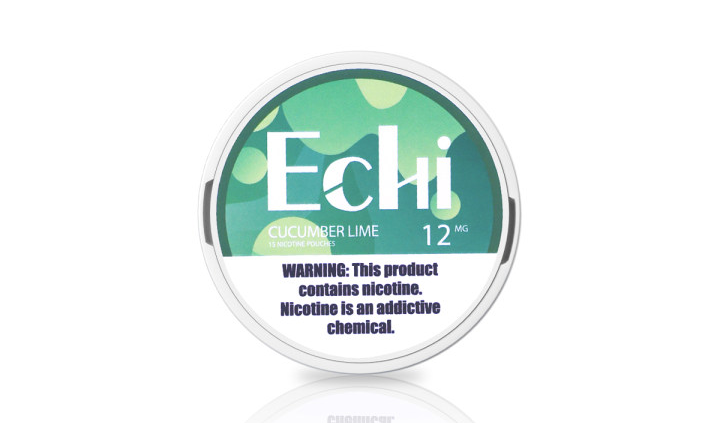
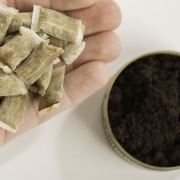
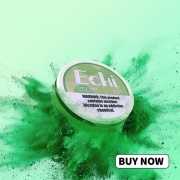
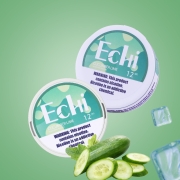


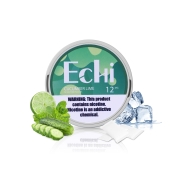




Leave a Reply
Want to join the discussion?Feel free to contribute!